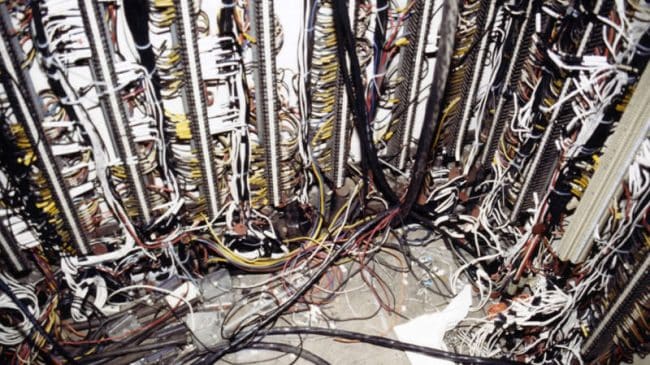Government-funded broadband projects, exemplified by the one undertaken in 2005 by Lafayette Utilities Service (LUS), start with a fundamental error: governments believe they are entering a monopoly-based infrastructure business when in reality, they are entering an extremely competitive service business.
Because they assume broadband is an infrastructure business, they believe the model will follow the classic utility: high upfront construction costs, followed by high yield revenues that pay back the investment, while the installed plant can be routinely maintained as it depreciates on a long schedule. As with a classic utility, customer acquisition costs are believed to be low and incremental.
The shock comes when they learn, usually within two years of start-up, that technology cycles in broadband are short. Equipment can’t be “maintained” over a decade; it often has to be upgraded or replaced every two to three years. An even bigger shock comes when cities discover how much they must spend year-to-year to build and maintain viable market share. This is when municipalities realize that it’s not the speed of its Internet connections, but the quality, breadth and competitiveness of its cable TV service that drives revenues.
This paper examines one of the largest and most publicized municipal broadband projects in the U.S.: the $160-million fiber-to-the-home (FTTH) project launched by Lafayette Utilities Service (LUS) in Lafayette, Louisiana.
Six years into the operation, LUS Fiber is:
- 30% short of its revenue projection as set out in its business plan
- More than $160 million in debt
- As of last year was losing $45,000 a day, according to the Lafayette’s independent auditor
- Struggling to compete with cable, telephone, wireless and satellite service providers in terms of price, performance and service options.
Reason chose to profile LUS Fiber because it is often held up as a policy success. Groups such as the Institute for Local Self-Reliance, which profiled the operation last year in a report titled Broadband at the Speed of Light: How Three Communities Built Next-Generation Networks, say it is a model to be followed. It has drawn national coverage from prominent journalists Bill Moyers and Tom Friedman. Susan Crawford, former telecom advisor to President Obama, devotes several pages of her new book, Captive Audience: The Telecom Industry and Monopoly Power in the New Gilded Age, to LUS Fiber’s story.
Both progressive analysis and mainstream news reports tend to play up the benefits of fiber optics as well as the compelling story of a small town taking on the huge, impersonal telephone and cable companies. These reports also further reinforce the erroneous notions that broadband is a monopoly that can be effectively countered through government alternatives. In reality the situation is much more complex. This paper will spell out those complexities, which are either glossed over or dismissed outright by the municipal proponents and the media. They represent risks and realities that should be understood by any municipality before it moves ahead with a public broadband project.
For all the enthusiasm about municipal broadband, one fact remains: A great majority of systems fail. Those that survive end up falling short of their promised goals of lower prices, better service and ubiquity. One high-profile project after another-Ashland, Oregon; Provo, Utah; Tacoma, Washington-have leveraged their taxpayer funding, only to fall short of goals and end up facing a mountain of debt.
In some cases, the city recovers its investment through sale of assets, or by converting a partially completed network into a system exclusively serving the local government agencies. Compared to those past projects, LUS Fiber is in better shape, but it is far from secure. Whether LUS Fiber will truly be a success remains to be seen. But as of early 2013, it is still short of its financial and competitive goals. As this report was going to press, LUS Fiber’s management was predicting that the operation would be self-supporting by 2016. But it is turning to its own municipal parent, LUS, for more revenues. The 2013-14 budget for the Lafayette Consolidated Government calls for $1.3 million in LUS purchases from LUS Fiber for the next fiscal year, a 185% increase over the $454,000 projected for the current fiscal year, which will end October 31.
